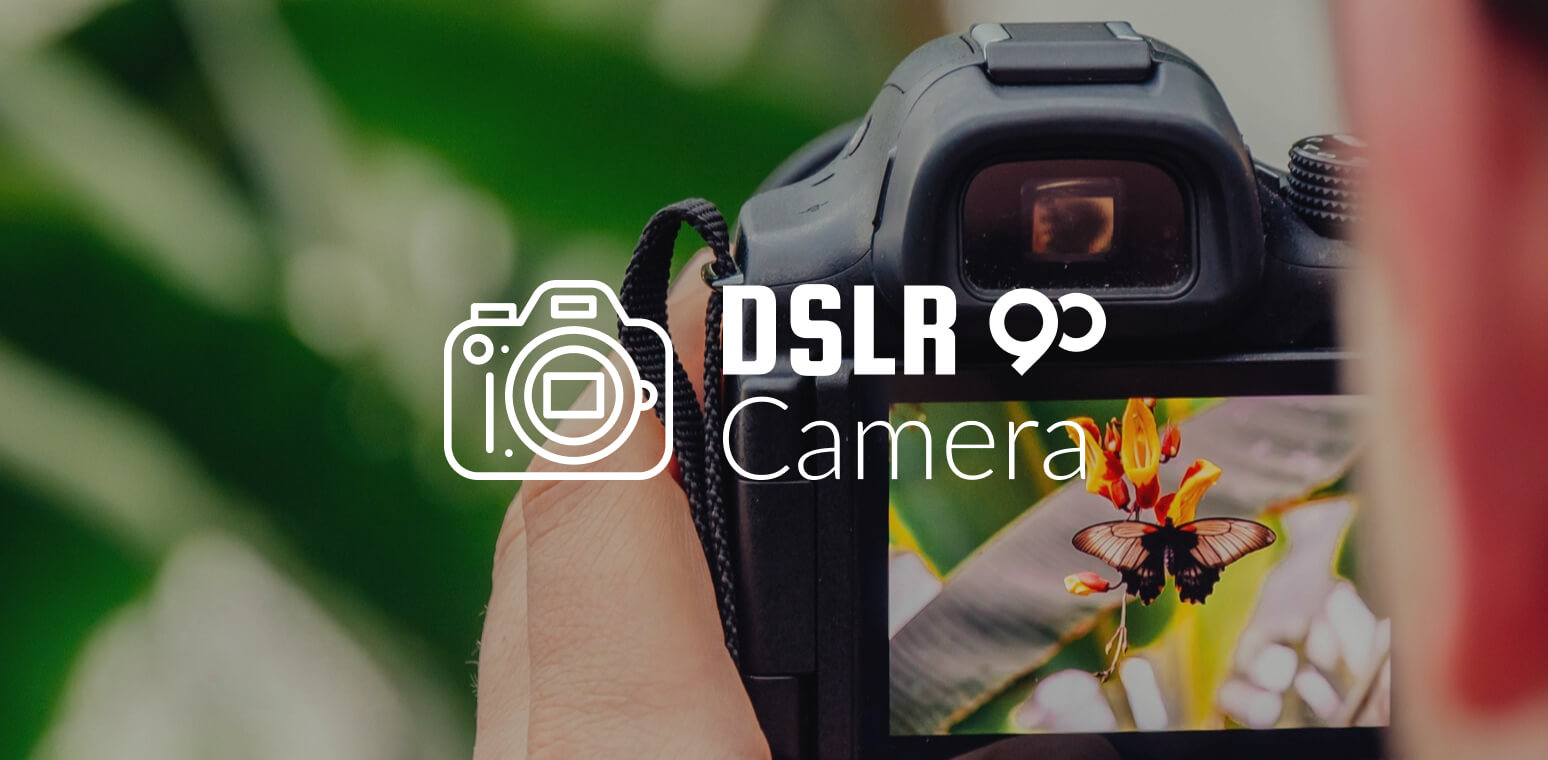Hi,
Get in touch with us today to chat about your next project.

A DSLR camera, which is short for digital single-lens reflex, is a type of digital camera that has largely replaced the film-based single-lens reflex cameras of the past.
DSLR cameras use a digital imaging sensor but have similar optics and mechanics to a single-lens reflex camera with the reflex design being what sets it apart from other digital cameras.
The light travels through the lens then to a mirror that sends the image to the digital image sensor.
Even though mirrorless cameras have become popular in the past decade, DSLR cameras are still widely used because they are so versatile.
When filming scenes with a low amount of natural light like nighttime shoots or taking video of contained and dark areas like concerts, the large sensor in a DSLR camera is ideal for getting a clear and focused image.
Artificial light may ruin the quality of the shot or it can be impossible to use in the area being filmed so a DSLR camera is often the efficient option for getting around this.
They’ve become popular for filming in low light because resources don’t have to be put towards large lighting rigs.
DSLR cameras were primarily designed for taking static images. As they evolved to become more adept at taking video, filmmakers picked up on the incredible image quality that resulted from the larger light sensors.
Traditional camcorders have small light sensors. For shots requiring static images and green screen effects, DSLR cameras are the best choice because more natural footage can be taken based on the static shot.
DSLR cameras are versatile with depth of field because the large sensor offers more control over it. For most other cameras, any number of lenses are needed to manipulate depth of field properly while DSLR cameras don’t require any additional lenses to get these shots.
However, different types of lenses can be used interchangeably with DSLR cameras so they can accommodate wide-angle lenses to create very dramatic depth of field if the standard lens isn’t producing the desired effect.
DSLR cameras are very light and easier to carry around than a standard broadcasting shoulder-mount camera.
With the right accessories, the camera can be rigged for shoulder mounting and provide steadier footage than a handheld video camera. This makes it more flexible for filmmakers to shoot almost anywhere.
However, they are effective at taking candid street footage because they don’t have the appearance of broadcasting cameras so subjects will act more natural.